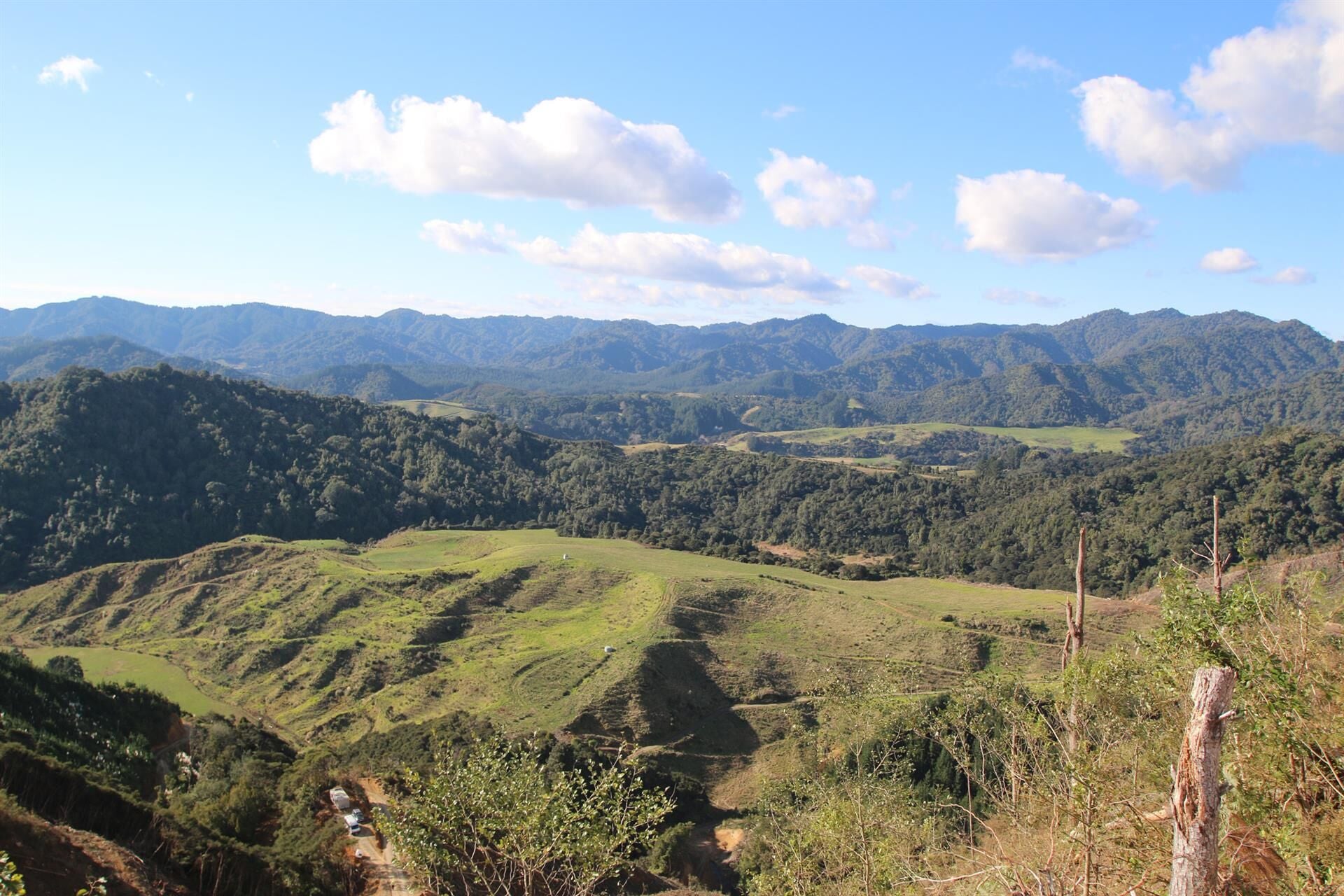New productive uses in sight for Opotiki coastal farm land

The two separate freehold blocks at 185B Gaskill Road, in an Opotiki coastal location, cover 75.6 hectares in total and have been used for mixed grazing with a substantial part in bush.
Subdivided from a larger farm, the first 36.9 hectare block is a mix of flat and easy rolling hill, with some steeper land at an altitude that ranges from 100-130 metres. It is divided into nine paddocks with post and wire fencing.
The second 38.7 hectare block is predominantly steeper hill country which is covered in regenerating manuka and has an altitude up to 200 metres. It has some post and wire fencing but no boundary fencing.
Subdivision of the two blocks from the larger farm is now underway. It is expected to take about six months when new titles will be issued and settlement of any sales will be finalised.
In the meantime, the two titles are being marketed as one or individual blocks by Bayleys Whakatane salesperson Rhys Mischefski for sale by tender, with tenders closing on August 22.
Mr Mischefski said a small stream runs through the first block although there is no running water or services to any of the land, while regenerated manuka on the second block, suitable for beehives, is about 30-years-old.
“It has thrived in Opotiki's mild coastal climate,” he said.
A small metal quarry on the farm is used only for tracks and is not in commercial operation.
“Both blocks are well tracked and have good access through the neighbouring dairy farm,” Mr Mischefski said.
“They will appeal to a variety of buyers, as a grazing support block, although not as viable farms, a manuka block for honey production, forestry or carbon farming. Coastal views are a feature from the hill tops and possible house building sites could be established.
“Seventeen beehives are on the manuka trees and the honey producing plantation could be extended over the entire two blocks and more beehives established,” he said.
The global craze for manuka honey, highly valued for its medicinal properties, has created a gold rush in rural areas.
In 2017 a record haul of nearly 20,000 tonnes of honey was produced, a 15% increase on the year before. Nine years ago the top price for bulk manuka honey was $37.50/kg, now it can command more than $100/kg.
When livestock is excluded from the land, the manuka tree forms the predominant land cover as the initial colonising species. The manuka tree grows only in New Zealand and 20 hectares is considered the minimum size for a viable commercial plantation, with a recommended planting rate of 1100 plants per hectare.
However, Mr Mischefski said planting manuka for honey production is a long term investment, with the return not showing up until 10 years after planting. Manuka begins flowering in years four and five, but it takes six years to reach full production.
In the best case scenario manuka could yield a return of $4300 a hectare and some experts predict it could become a $1.2 billion a year industry by 2028.
Mr Mischefski said the production of manuka honey, along with programmes such as New Zealand's emissions trading scheme are providing economic incentives to land owners who let their land revert to native cover.
“The two blocks of land for sale do not have any carbon credits attached to them but forestry farming for carbon credits is now a viable option and interest is high from farmers, land owners and international corporations needing carbon offsets for their businesses. They are investing heavily in them.”
In New Zealand, the first forest carbon transactions took place early in 2009 following the enactment of NZ Emissions Trading Scheme (ETS) legislation in 2008.
The principle behind carbon forestry is that by photosynthesis a growing tree absorbs and converts CO2 from the atmosphere into carbon in the form of wood. The amount of CO2 stored each year in the tree can be calculated and then sold on the international market in units equivalent to tonnes of CO2 – a carbon credit.
New Zealand’s competitive carbon market advantage comes from growing 750 tonnes of harvestable logs per hectare in just 26 years, the only country able to do this.
According to forestry experts an ideal carbon forest is one where the owner is able to sell carbon credits each year until the forest sequestration rate plateaus, at which time the forest could be harvested and the harvest revenue used to repay the carbon liability. The forest could then be replanted and start sequestering CO2 for another rotation of carbon sales.
“Both blocks are good for either forestry, manuka honey or a combination of both, if a potential buyer puts in a tender for both,” Mr Mischefski said.
Opotiki has historically been a traditional farming area and Mr Mischefski says the big earners are now horticulture and aqua farming, including mussels and seaweed, and other uses are always on the horizon. Two decades ago, vast manuka honey production and planting forests for carbon credits were not even thought of as possible.”
The township is 10 minutes from the property, 53 minutes from Whakatane and Tauranga just on two hour away.
